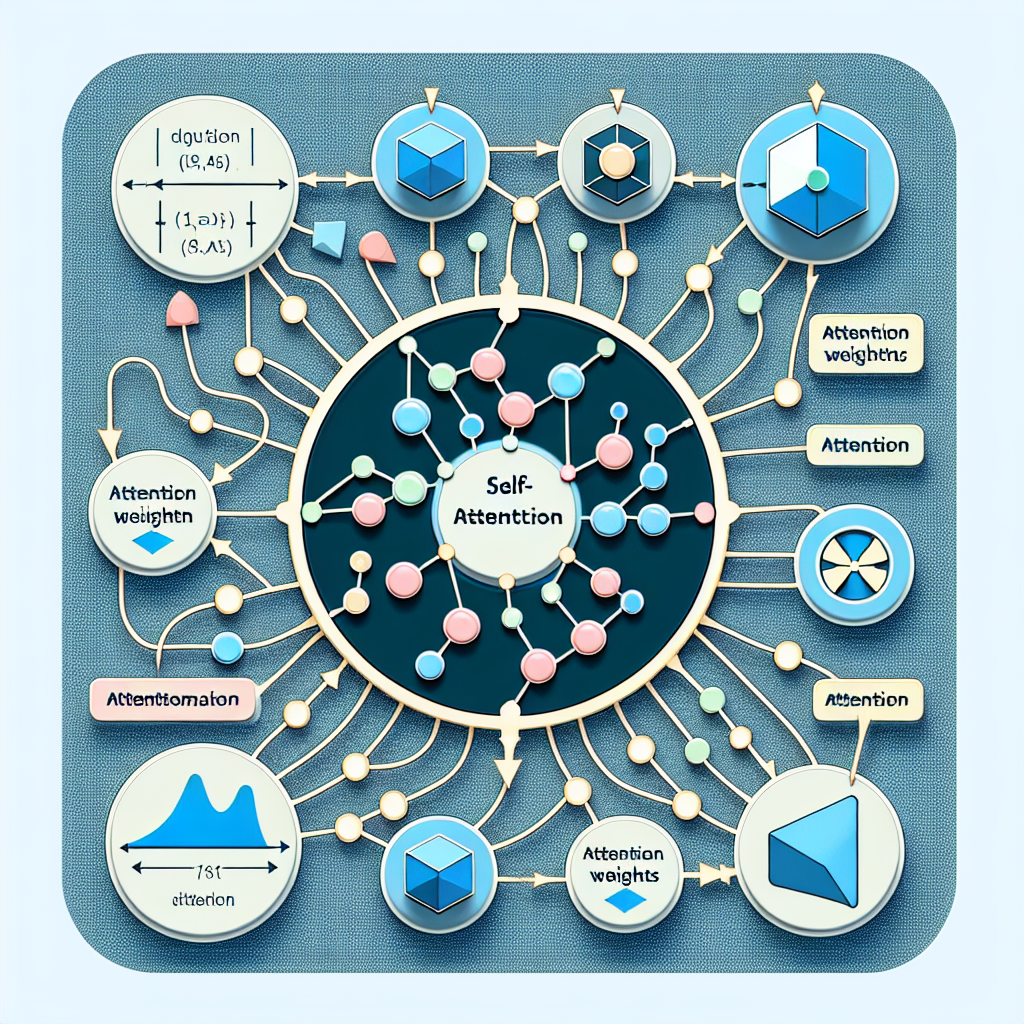Simpson’s Paradox
Simpson’s paradox is a statistical phenomenon where a trend appears in separate groups of data but reverses when the groups are combined. Recognizing and understanding this paradox is essential for making accurate data interpretations.
It occurs when the same dataset can lead to two conflicting conclusions based on how the data is grouped. For instance, imagine you and a friend solve problems on two different days. On each individual day, your friend has a higher accuracy rate than you. However, when the results from both days are combined, your overall accuracy might actually be higher than your friend’s. This counterintuitive outcome highlights the importance of analyzing data carefully to avoid misleading conclusions.
This seemingly counterintuitive occurrence is known as Simpson’s paradox.
Understanding Simpson’s Paradox through an Example
Let’s revisit the example of a problem-solving competition to understand how this paradox arises:
- On Saturday, you attempted 8 problems and correctly solved 7, while your friend attempted only 2 problems but solved both. Although you solved more problems overall, your friend's accuracy was higher, as 7/8 is less than 2/2.
- On Sunday, you attempted just 2 problems and got 1 right, whereas your friend attempted 8 problems and correctly solved 5. Again, your accuracy of 1/2 was lower than your friend’s 5/8.
Although your friend had a higher accuracy rate on each individual day, the competition was based on overall accuracy across the weekend. When both days were combined, you solved 8 out of 10 problems, while your friend solved 7 out of 10. This means that despite your friend having a better accuracy rate each day, your overall accuracy for the weekend was higher, making you the winner.
In simple terms, Simpson’s paradox occurs when a particular trend is observed within separate groups of data, but when those groups are combined, the trend is reversed.
In this example, when the data was divided into individual days, your friend had a higher accuracy rate on both days. However, when the data was aggregated for the entire weekend, your accuracy rate turned out to be higher. This classic example illustrates how Simpson’s paradox can lead to misleading conclusions if data is not carefully analyzed in its entirety.
A well-known instance of Simpson’s paradox emerged in a study on gender bias in graduate admissions at UC Berkeley. In 1973, at the beginning of the academic year, the university reported that 44% of male applicants were admitted compared to only 35% of female applicants. Concerned about potential legal action, the school enlisted statistician Peter Bickel to analyze the data.
Bickel's findings revealed a surprising pattern—when admissions were examined by individual departments, there was actually a statistically significant bias in favor of women in four out of six departments, while the remaining two showed no significant gender bias. The key insight was that a larger proportion of women had applied to departments with lower acceptance rates, whereas men applied to departments with higher acceptance rates.
Simpson’s paradox highlights the importance of considering real-world context and underlying factors that may not be immediately evident in aggregated data. In this case, the hidden variable was the difference in application distribution between men and women across departments. This discrepancy influenced the overall acceptance rates, creating an illusion of bias against female applicants when, in reality, no such bias existed at the departmental level.
The study ultimately demonstrated how conclusions drawn from aggregated data can be misleading and how deeper analysis, accounting for relevant subgroups, can lead to a more accurate interpretation of statistical trends.
The Impact of Simpson’s Paradox on Data Interpretation
Simpson’s paradox adds complexity to data analysis and complicates decision-making. When data is grouped or resampled differently, it can lead to varying conclusions, making it challenging to determine a single, definitive insight. This requires careful evaluation to ensure that the chosen conclusion fairly represents the overall dataset.
The Relevance of Simpson’s Paradox in Data Science
In data-driven projects, professionals often focus on extracting insights directly from datasets. However, incorporating real-world context can sometimes reveal a completely different perspective. Recognizing the importance of this paradox encourages deeper data exploration and more thorough analysis, leading to more informed decision-making.
A key takeaway from Simpson’s paradox is that insufficient analytical depth and a lack of domain knowledge can result in misleading conclusions and poor decisions. For instance, the growing reliance on real-time analytics allows teams to identify patterns quickly and make rapid decisions. While beneficial for immediate business needs, analyzing data over short time frames may obscure underlying long-term trends and lead to incorrect interpretations.
Misguided data analysis can have negative consequences for businesses. Poor decision-making based on misleading data can hinder progress, making it essential to recognize the limitations of datasets, the factors influencing the data, and potential biases. Understanding Simpson’s paradox enables organizations to minimize bias, account for hidden variables, and make more accurate data-driven decisions.
This paradox also highlights the importance of data literacy and critical thinking among professionals. Detecting hidden biases and uncovering subtle variables requires a deep understanding of data beyond surface-level analysis. By fostering analytical intuition and applying rigorous evaluation methods, data professionals can enhance their ability to derive meaningful insights and avoid misleading conclusions.
Python Code Demonstration:
import pandas as pd
import matplotlib.pyplot as plt
# Creating a dataset illustrating Simpson's Paradox
data = {
'Group': ['Group 1', 'Group 1', 'Group 2', 'Group 2'],
'Treatment': ['A', 'B', 'A', 'B'],
'Successes': [30, 20, 80, 40],
'Trials': [50, 30, 100, 70]
}
df = pd.DataFrame(data)
# Calculate success rates for each group and treatment
df['Success Rate'] = df['Successes'] / df['Trials']
# Print the success rates for each group
print("Success rates by group and treatment:")
print(df[['Group', 'Treatment', 'Successes', 'Trials', 'Success Rate']])
# Calculate overall success rate for each treatment (ignoring group separation)
overall = df.groupby('Treatment').sum()
overall['Overall Success Rate'] = overall['Successes'] / overall['Trials']
print("\nOverall success rates (combining both groups):")
print(overall[['Successes', 'Trials', 'Overall Success Rate']])
# Visualize the success rates
fig, ax = plt.subplots(1, 2, figsize=(12, 5))
# Success rates by group and treatment
df_pivot = df.pivot(index='Group', columns='Treatment', values='Success Rate')
df_pivot.plot(kind='bar', ax=ax[0], color=['blue', 'green'])
ax[0].set_title('Success Rates by Group and Treatment')
ax[0].set_ylabel('Success Rate')
# Overall success rates
overall['Overall Success Rate'].plot(kind='bar', ax=ax[1], color=['blue', 'green'])
ax[1].set_title('Overall Success Rates (Ignoring Groups)')
ax[1].set_ylabel('Success Rate')
plt.tight_layout()
plt.show()

Conclusion
A key lesson from Simpson’s paradox is that excessive data aggregation can introduce bias and obscure meaningful insights. However, failing to aggregate data at all may limit the ability to identify broader patterns and trends. Striking the right balance is crucial for accurate analysis. To mitigate the effects of Simpson’s paradox, it is essential to thoroughly examine the dataset and develop a strong understanding of the underlying business problem. This ensures that data-driven decisions are both accurate and meaningful.
Featured Blogs

BCG Digital Acceleration Index

Bain’s Elements of Value Framework

McKinsey Growth Pyramid

McKinsey Digital Flywheel

McKinsey 9-Box Talent Matrix

McKinsey 7S Framework

The Psychology of Persuasion in Marketing

The Influence of Colors on Branding and Marketing Psychology

What is Marketing?
Recent Blogs

Part 8: From Blocks to Brilliance – How Transformers Became Large Language Models (LLMs) of the series - From Sequences to Sentience: Building Blocks of the Transformer Revolution

Part 7: The Power of Now – Parallel Processing in Transformers of the series - From Sequences to Sentience: Building Blocks of the Transformer Revolution

Part 6: The Eyes of the Model – Self-Attention of the series - From Sequences to Sentience: Building Blocks of the Transformer Revolution

Part 5: The Generator – Transformer Decoders of the series - From Sequences to Sentience: Building Blocks of the Transformer Revolution

Part 4: The Comprehender – Transformer Encoders of the series - From Sequences to Sentience: Building Blocks of the Transformer Revolution of the series - From Sequences to Sentience: Building Blocks of the Transformer Revolution


